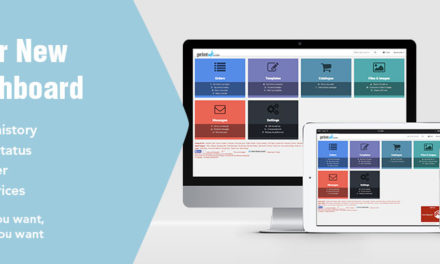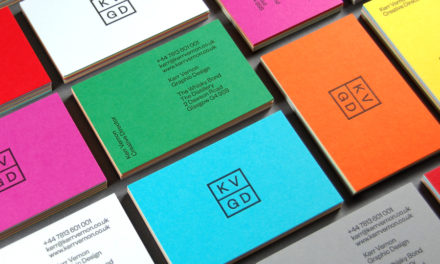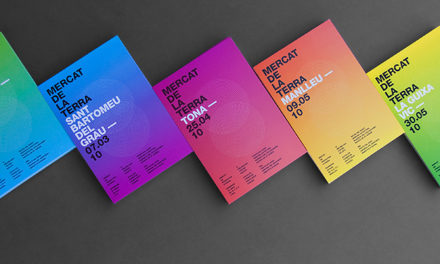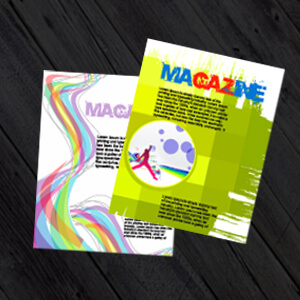Ads are everywhere. As a result, it’s become more challenging and significant than ever before to make yours pop. High-quality design can make a world of difference.
Graphic designers find marketing both a challenge and an opportunity to explore new avenues. It’s not easy to cut through the noise of the endless information stream, but a compelling image can draw attention to your brand despite all the competition.
Let’s explore some strategies that work for brands across industries.
https://cdn.pixabay.com/photo/2017/04/14/16/29/workplace-2230698_960_720.jpg
Combine Images and Words
While you should put graphics at the forefront, it’s not a good idea to leave it on the audience to interpret the message you’re sending. So, consider combining striking visuals with a concise, powerful statement. The following criteria can help:
- Make it eye-catching. A picture can be worth a thousand words, but only if it’s high-quality, attention-grabbing, and in-tune with the brand.
- Simplify the background. Put the subject of your ad in the foreground and limit the patterns and textures behind it. Otherwise, you’ll obscure the text and reduce efficiency.
- Draw out overlapping shapes. Whether your ad is fixed or moving, emphasize the crucial elements by painting them in bright colors or lining them with intense shades.
- Use bold fonts. The best way to ensure your statement stands out is by doing so, quite literally. Play around with typography to make the message the first thing that captures people’s attention.
https://cdn.pixabay.com/photo/2015/07/17/22/43/student-849826_960_720.jpg
Tell a Story
The best ads show audiences how your product or service will resolve a problem they face in their everyday lives. To achieve this effect, the viewer has to relate to the person they’re watching.
That’s where stories come into play. They’re inherently memorable, and people love to see them. Data shows it, too. Marketing campaigns with a narrative structure boost conversion rates for brands, showcasing the effectiveness of this approach.
However, it can be challenging to translate a plot into a short, punchy medium like an ad. Consider these elements:
- The hero. Your ideal customer or the target audience prototype is the protagonist.
- The villain. In this case, the bad guy is whatever obstacle you seek to help the consumers overcome.
- The motivation. Heros have objects of desire, something they strive towards that gives the story a happy ending. Your selling proposition, or the effect the product achieves, serves as the motivation.
Insert whatever you’re selling as the mentor, a person who shows your product’s benefits for the hero. This simple formula applies to everything, from online stores to wedding planners.
https://cdn.pixabay.com/photo/2013/10/22/07/56/android-199225_960_720.jpg
Highlight the CTA
Every ad has a call to action, often the primary visual element you want to emphasize while developing a marketing strategy.
You could make the highlight obvious, but framing is another interesting approach. It’s a method that helps draw the eye to the desired point of focus by arranging the other elements to support it.
You’ll also have to figure out how to display your CTA in a way that fits the rest of the story to avoid making it seem too on-the-nose. Think about objects or images that could represent it clearly and stand in place of a worded statement.
Let Yourself Experiment
Most ads are repetitive. Many brands produce their takes on identical products and reiterate the same story in selling them. So, you might need to get a little weird.
If you’re short on original ideas, start with tried-and-tested formats. For example, investigate these free video ad templates from Boosted App for social media marketing or even traditional TV commercials. Determine which best fits your image and subvert the audience’s expectations from that point.
However, don’t go overboard. Getting too non-sensical will make it evident that you’re doing it for attention. It’s only going to turn the viewer away from the brand as a whole.
https://cdn.pixabay.com/photo/2016/03/03/10/17/social-media-1233873_960_720.jpg
Accept the Challenge
Overall, remember that effective ad design is no simple task. Embrace the trial and error, use analytics and focus groups, and keep your audience and brand in mind.
Finally, remember to have fun with it. It’s your brand, your message, and your values. Take all the information, employ creativity, and make growth happen. PrintUK.com







.jpg)
.jpg)
